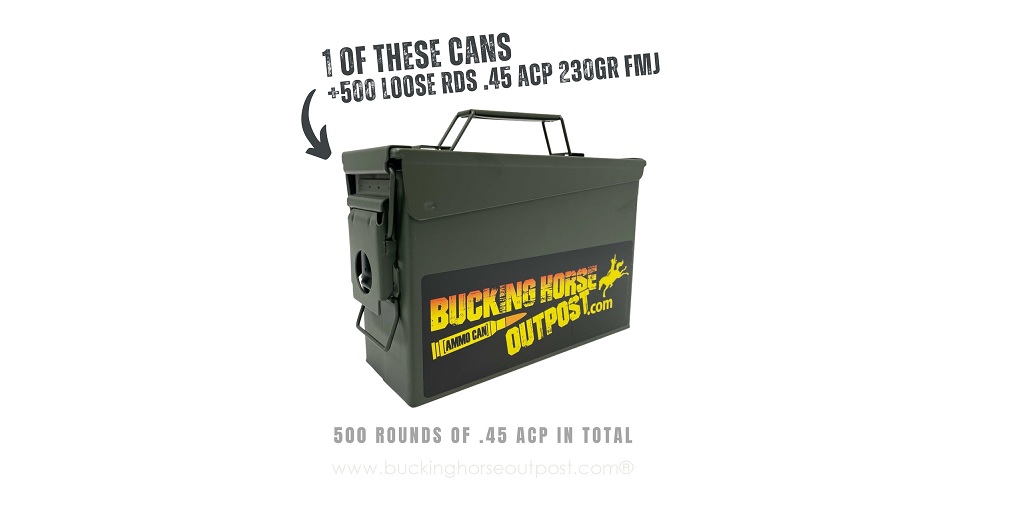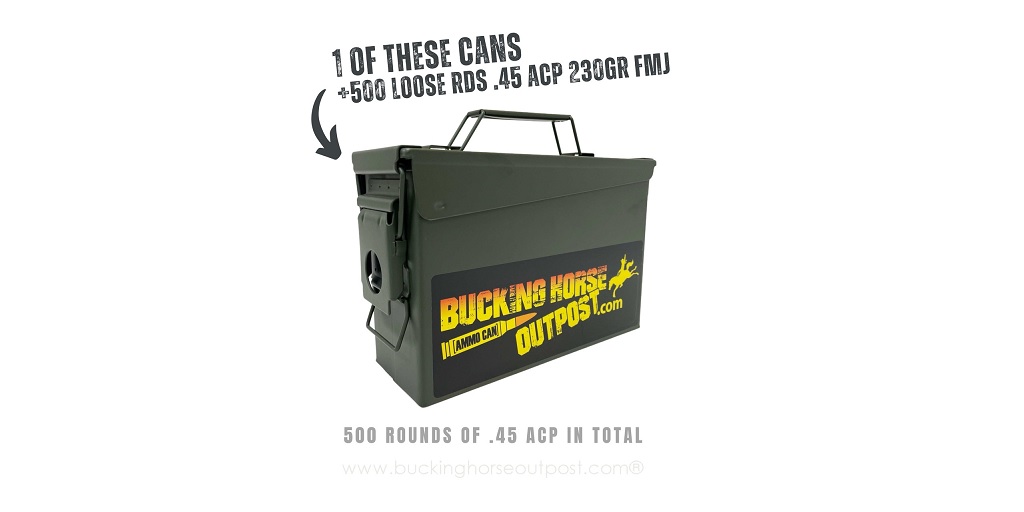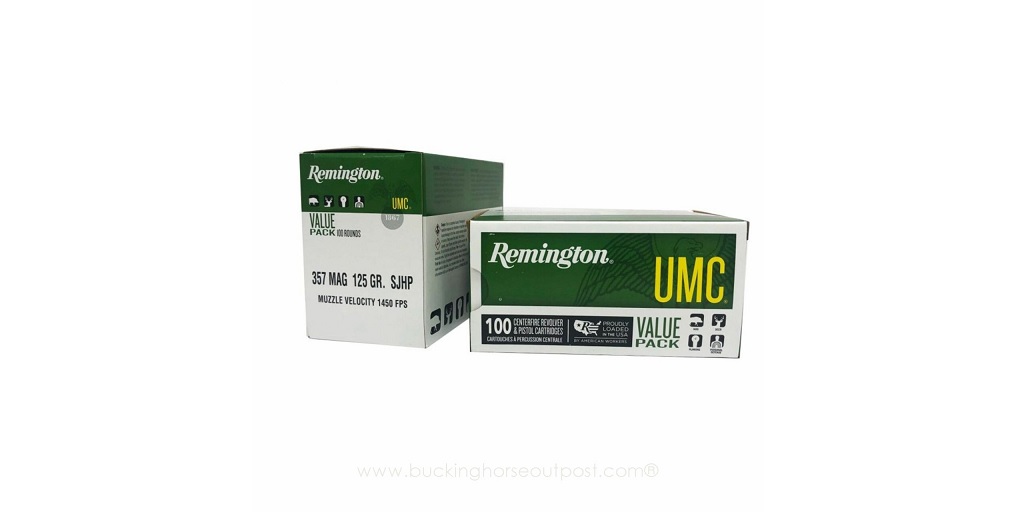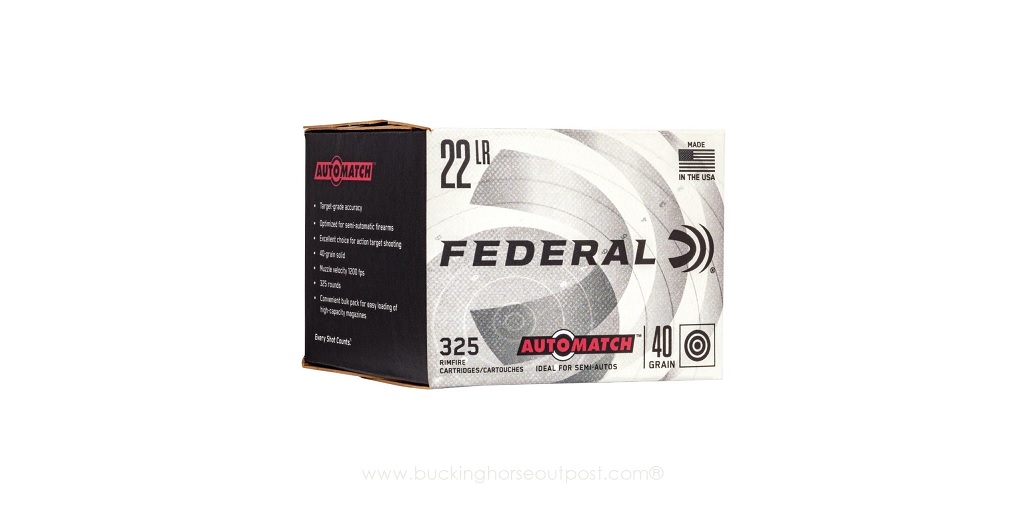Long-distance shooters may have come across a type of ammo known as OTM, or open-tip match ammo, which is substantially different from FMJ (as well as from hollow point ammo, actually, but that’s a topic for another post).
With that said, what is OTM and why is it better than FMJ for long distance shooting?
It has to do with spin-stability and the design of the bullet. Here’s what you need to know.
How OTM Ammo Is Made, How It’s Different from FMJ
When ammunition manufacturers make FMJ bullets, the core is dropped into a shot cup and the jacket drawn down from the nose, leaving the base of the bullet exposed.
This results in a bullet that is designed for stability in flight as well as on impact. As a result, FMJ ammo is generally considered accurate and consistent. It also penetrates well.
Then you have OTM ammo, in which case the lead bullet core is dropped into the jacket cup, but instead of drawing the jacket down from the nose, it’s drawn up from the base.
Then it is closed off at the nose of the bullet, leaving a little void – hence the name, open-tip match.
Ironically, it performs entirely differently from conventional hollow point ammo. Whereas hollow point ammo is unstable and inaccurate at greater ranges, OTM is superior to both it and FMJ ammo.
This has to do with the fact that they are not designed for expansion on impact with a target. They are expressly designed for spin-stability, which is the factor that makes them so practical as long-distance, match-grade ammo.
Why It Makes a Difference at Greater Ranges
To explain why this makes such a difference, first allow an odd segue.
Remember all those years ago when fidget spinners were popular? You know, the little plastic things with three or more arms, a weight at the end of each, all of which rotated around a central ball bearing?
Did you ever have the chance to spin one that was missing one of its weights?
Notice how it didn’t spin nicely, and was lopsided and difficult to control?
This is because its spin-stability was compromised as a result of compromised radial symmetry.
The same thing happens in bullets – except with fidget spinners we’re talking about slow speeds; whereas with bullets we’re looking at speeds in the thousands of feet per second, at least in linear motion.
The reason this matters is because small aberrations in a bullet’s jacket that alter radial symmetry by adding or removing mass at critical points can result in a bullet that does not want to spin.
And a bullet that does not want to spin is, simply, an inaccurate bullet.
Now, back to OTM versus FMJ. The process that manufacturers follow for producing OTM ammo is more exacting than the one used for FMJ. One is a precision process and the other is just “close enough.”
So, in the case of OTM ammo, like Federal Gold Medal Match, producing a bullet with precise radial symmetry is relatively easy, resulting in a bullet that spins more reliably.
And that, over greater distances, results in a bullet that is more accurate, yielding more tight groups at ranges in excess of 100 yards.
Where to Get Federal Gold Medal Match Ammo Online
Looking for reasonable prices on match grade ammo like Federal Gold Medal Match? Get them online at Bucking Horse Outpost, where you will also find a wide range of other top brands and lines.
Check out their website and bookmark their page. You never know when you’ll find a great deal in one of their collections or police trade-in specials.
For more information about .380 Remington and Venom 9mm Ammo Please visit:- Bucking Horse Outpost.









